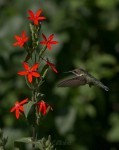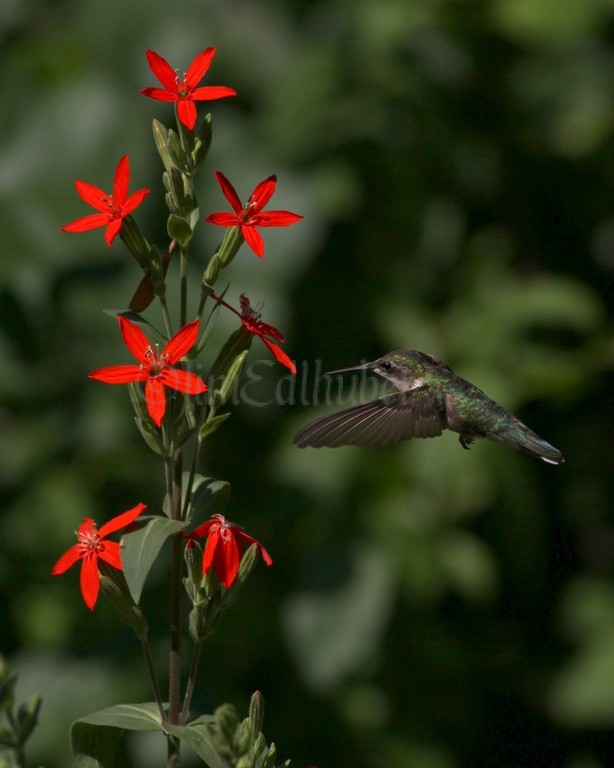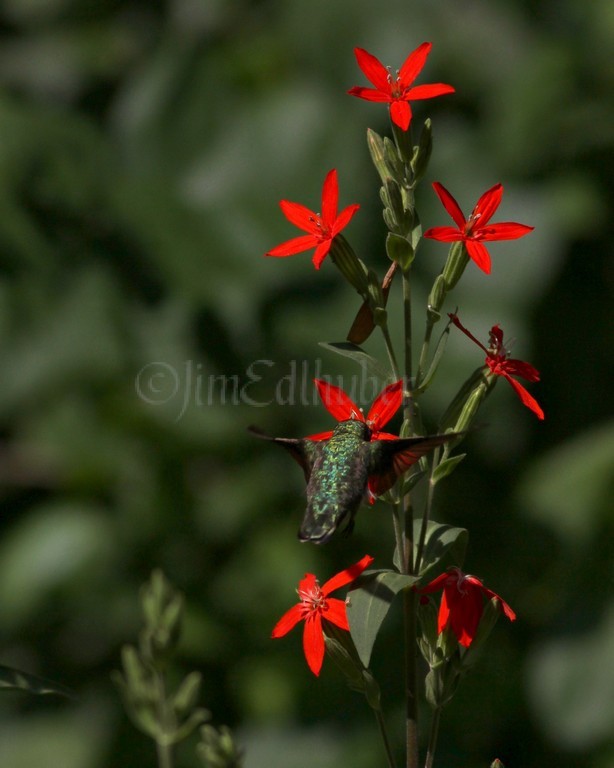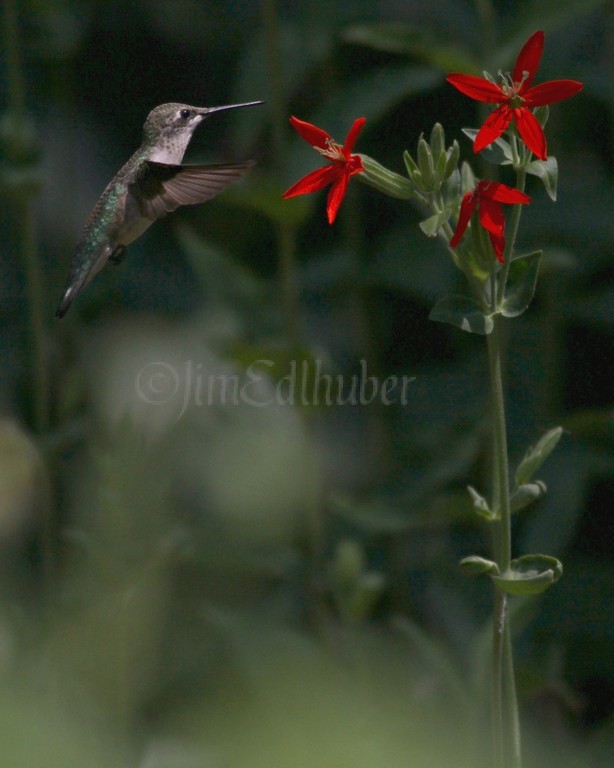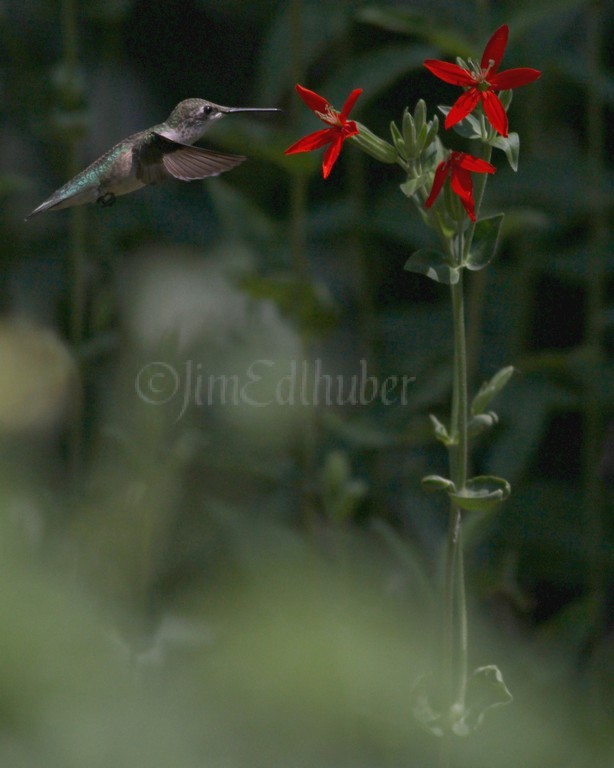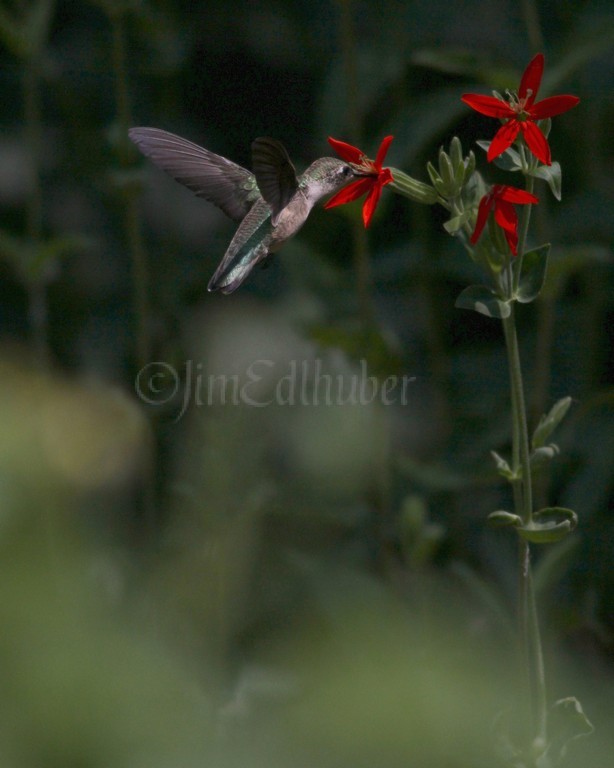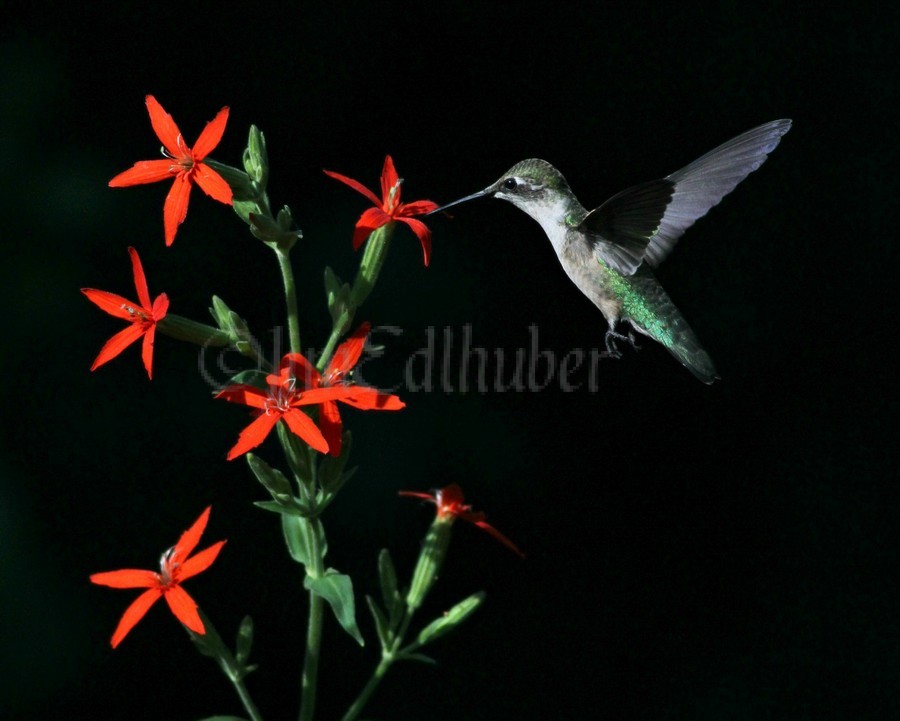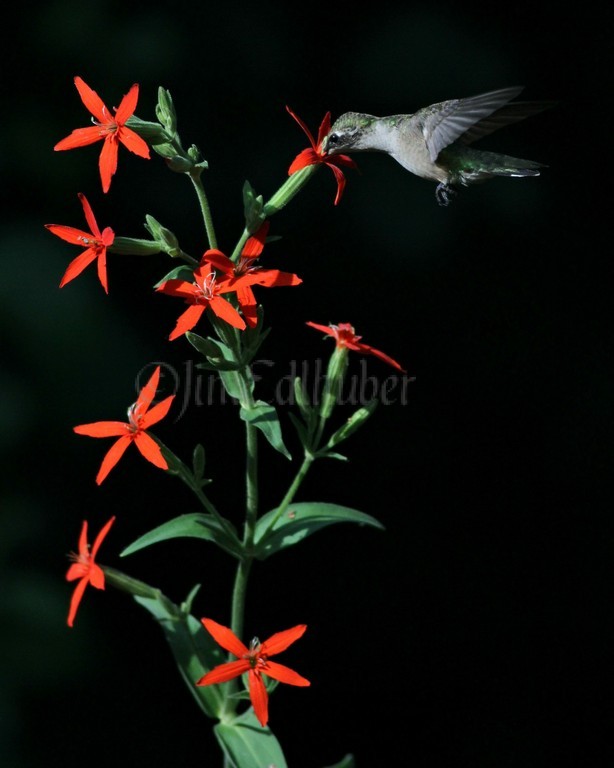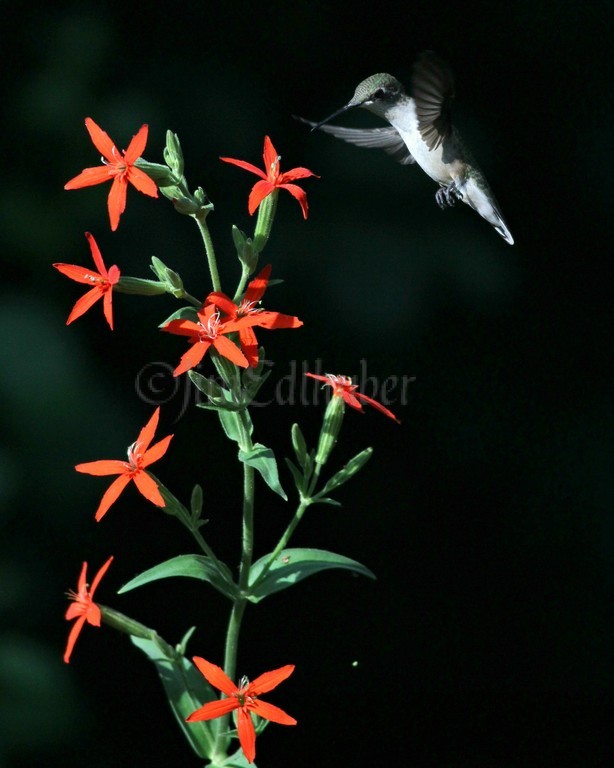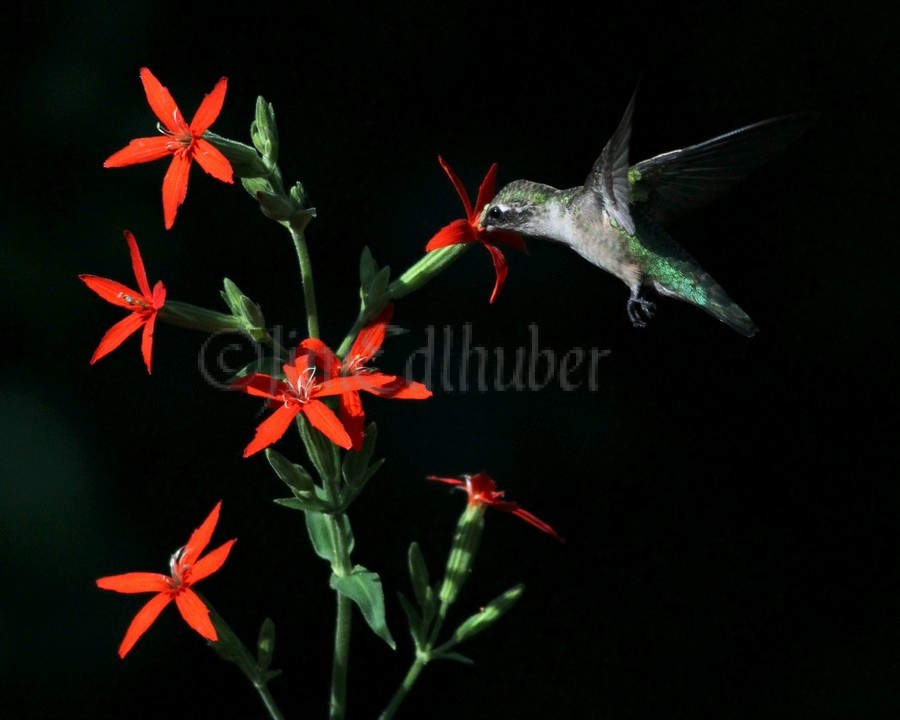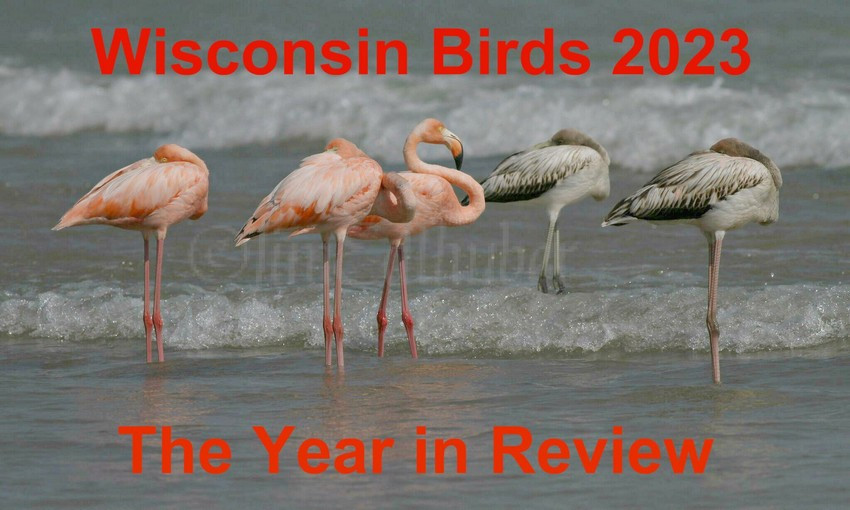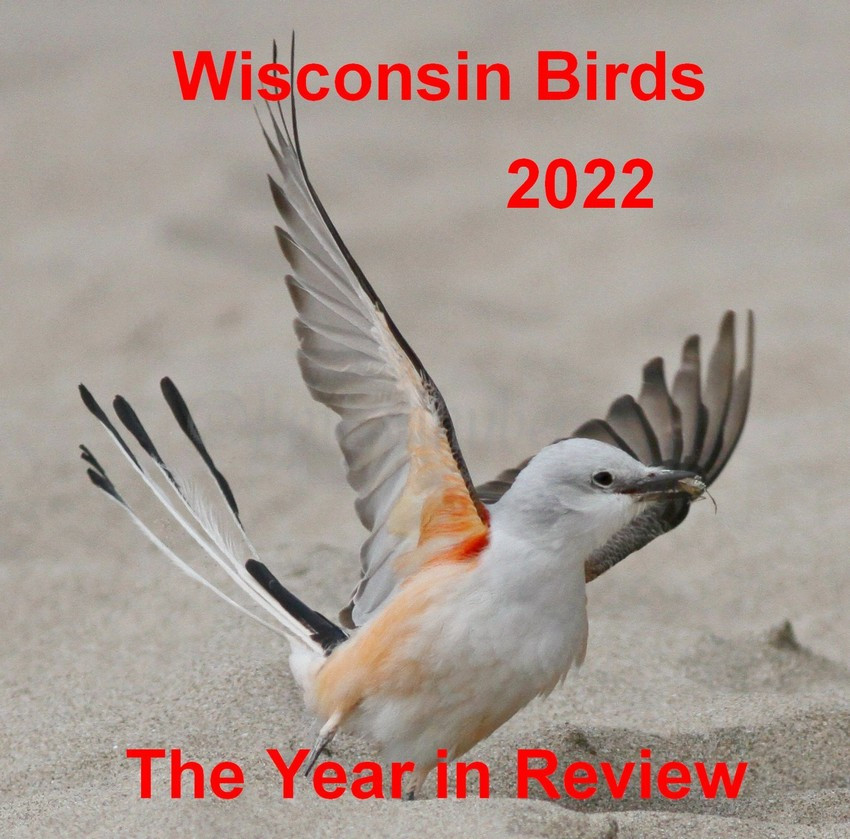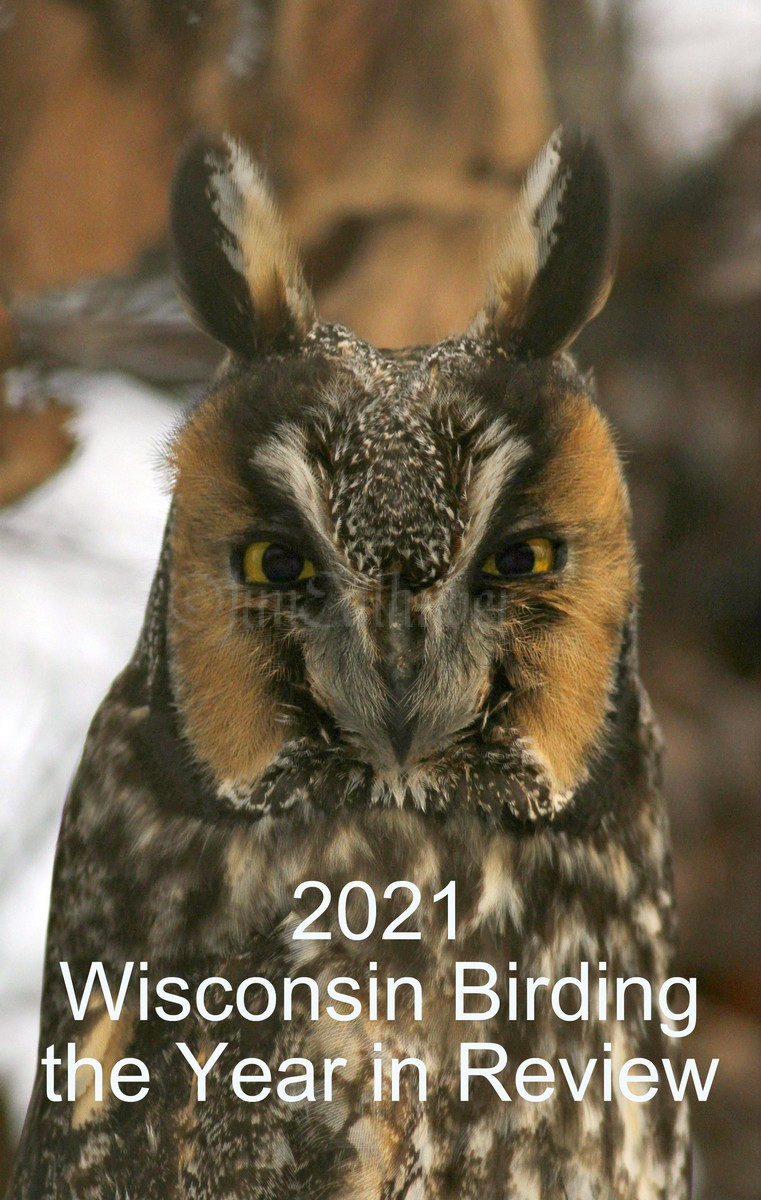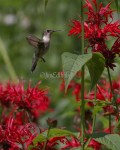
Just this week, I had the chance to photograph a Ruby-throated Hummingbird on Bee Balm at length in our yard in Waukesha, WI. The action I captured was of the Ruby-throated Hummingbird repeatedly visiting a bed of Red Bee Balm in our yard. This solitary species is enjoyable to watch as it darts, hovers, rotates, perches, and flies both forwards and backwards (Hummingbirds are the only bird species currently known to fly backwards). They favor red tubular flowers for nectar as is demonstrated by the vibrant Red Bee Balm pictured (Monarda didyma).
Pictures taken on July 15, 2013 in Waukesha County.
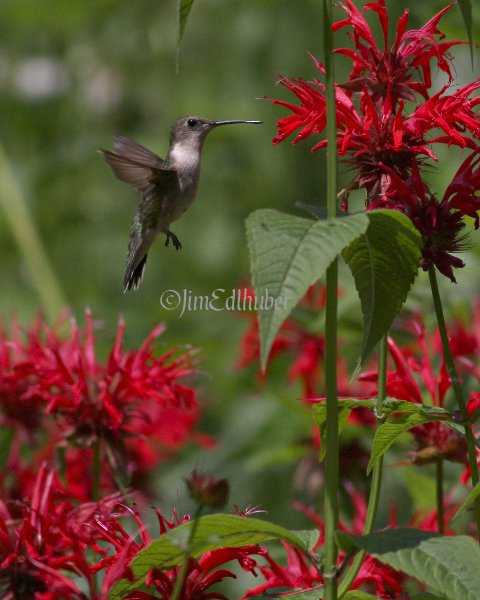
Ruby-throated Hummingbird
Binomial name: Archilochus colubris
Category: Hummingbirds
Description: Metallic green feathers on back, grayish-white on underparts. Males have a vibrant red throat which may appear dark in poor lighting. Wings are dark gray, almost black. Long, slender bill is black in color and mostly straight with a slight curve at the tip.
Size: 2.8″-3.5″ long, 3” – 4” wingspan
Weight: 0.071 oz. – 0.21 oz.
Habitat: Broadleaf and pine forests, orchards, meadows, parks, and gardens
Diet: Tree and flower nectar, small insects, and spiders
Nesting: The female provides all parental care, building a nest in a protected tree or shrub on a slightly downward-sloping limb. They favor deciduous trees such as oak, birch, or poplar. The nest is made out of bud scales, lichen, spider silk, and dandelion or thistle down. The same nest may be used year after year with the female making annual repairs. The female will lay 1-3 eggs at a time, laying eggs once or twice per summer. The young remain in the nest for 22-25 days.
Notes: A list of just some of the of native wildflowers we have planted in our yard to attract these exquisite tiny birds are: Red Bee Balm (Monarda didyma), Wild Bergamot (Monarda fistulosa), Cardinal Flower (Lobelia cardinalis), Wild Columbine (Aquilegia canadensis), Royal Catchfly (Silene regia), Butterfly Milkweed (Ascelpias tuberose), Hoary Vervain (Verbena stricta), Nodding Onion (Allium cernuum), Penstemon species, Echinacea species.
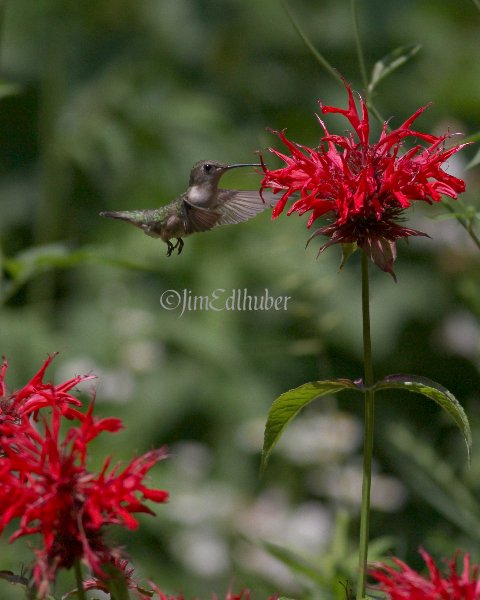
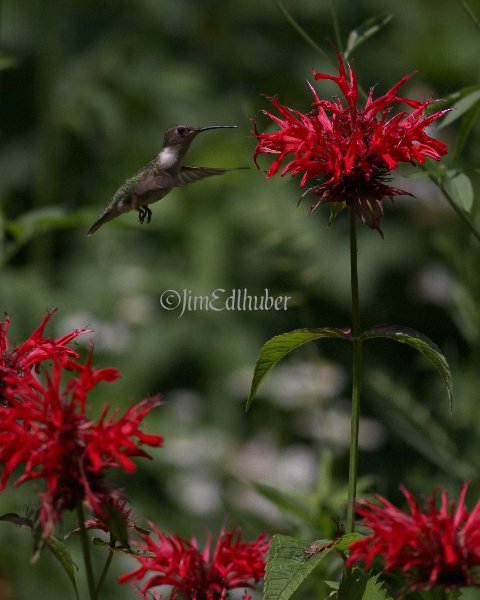
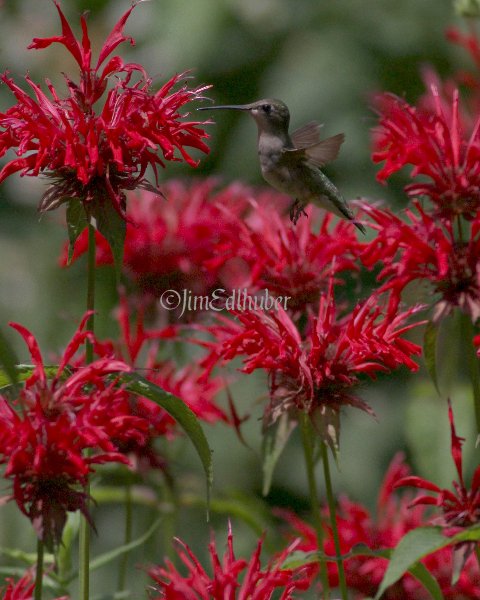
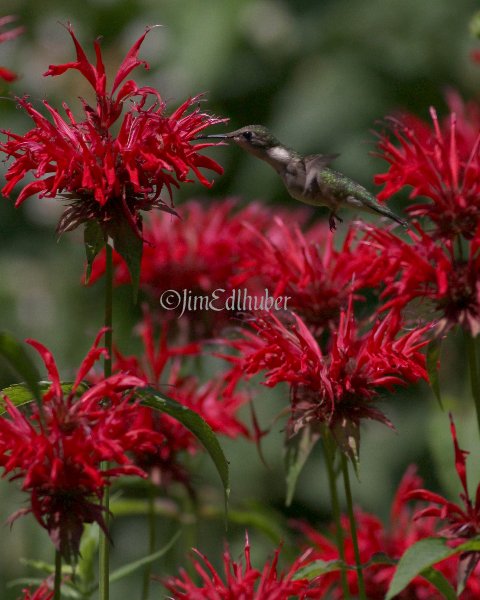
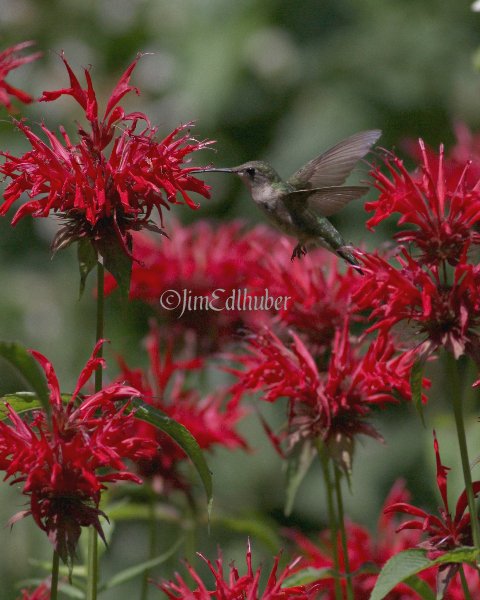
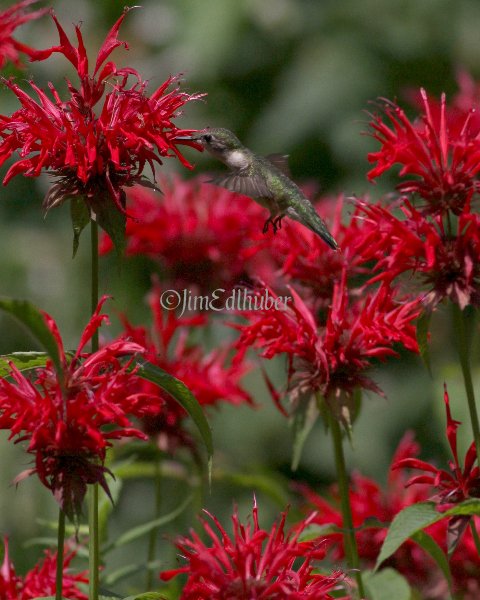
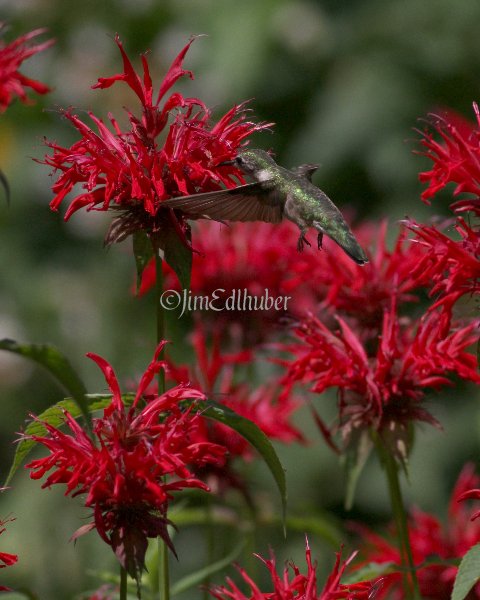
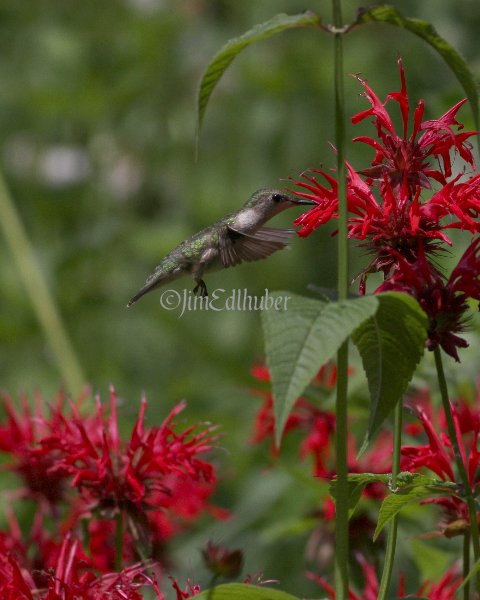
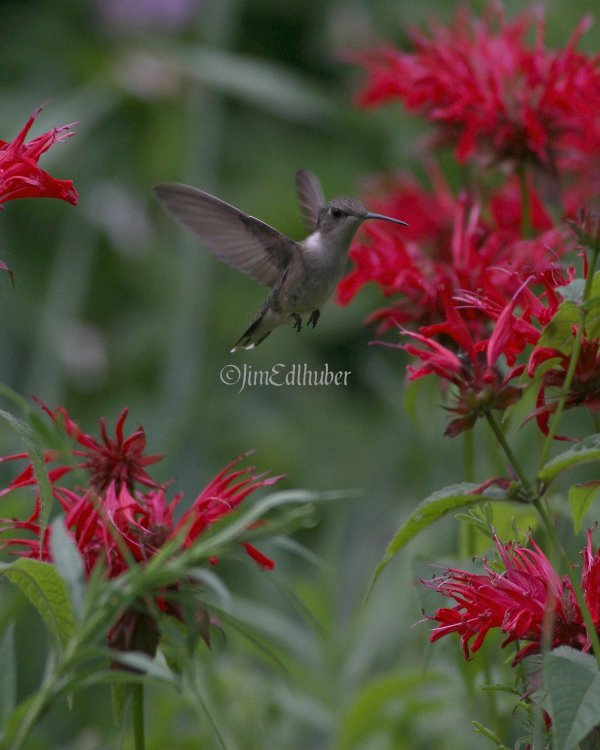
To see the full gallery of images, please click here.
